The 7 key points to a successful telematics onboarding.
Many organisations purchase telematics with the thought that the purchase decision means that all the problems are sorted. On the contrary, a successful telematics deployment requires some time concentrated on a successful onboarding. In this blog we look at the key features that our Account Managers set up for you to make the purchase provide the key results that you require.

1 Mapping:
WEBFLEET has a choice of mapping with both TomTom and Google maps. Both provide traffic information and Google has a red, amber and green appearance to show if traffic is light, medium or heavy. Traffic is a particular strength of TomTom who can show all traffic instances including distance and delay time of each incident. The graphic below shows traffic in the Glasgow area on a day in November when snow was falling. The traffic build up is quite rapid, but the TomTom mapping continually updates to show the user any hot spots.
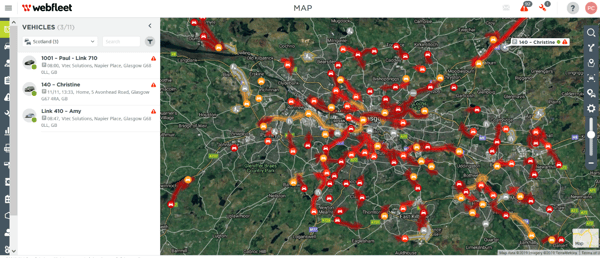
2 Drivers:
On WEBFLEET a comprehensive list of drivers is stored for driver identification. Drivers can be manually assigned to a vehicle within WEBFLEET or a driver identification module can be used within the vehicle. It is a legal obligation of an organisation to know who is driving each vehicle every day so this is an invaluable tool is keeping this data.
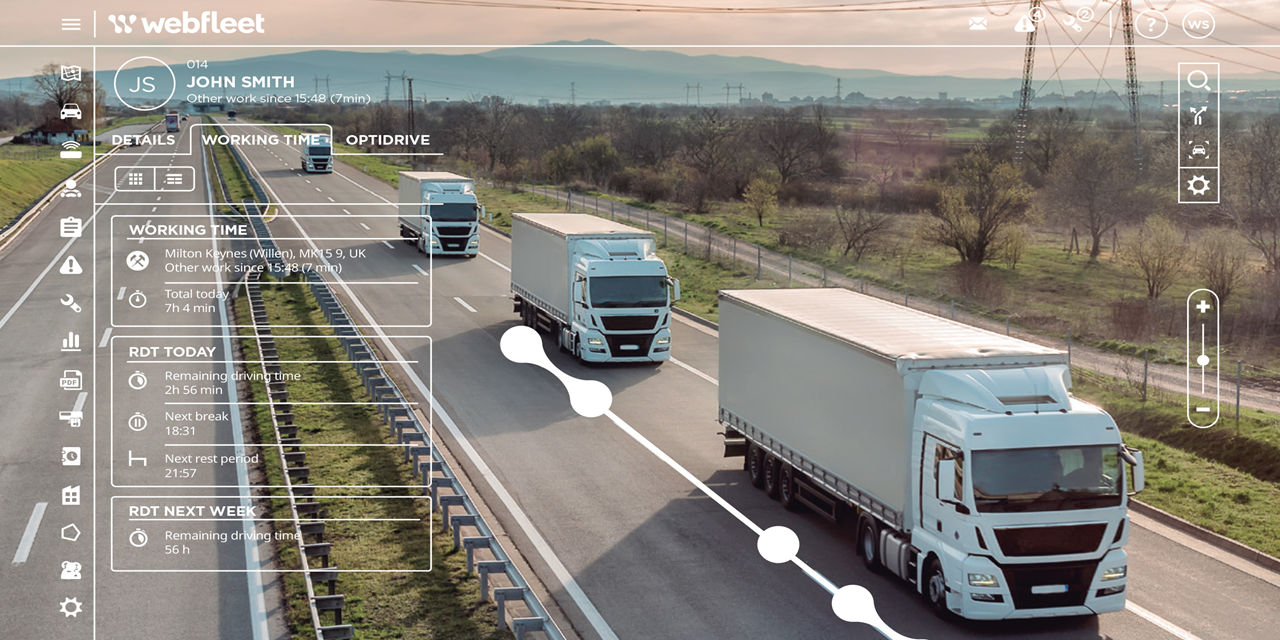
3 Vehicles:
How would you like your vehicles to be displayed? Most organisations like to show the registration of the vehicles and then have the drivers assigned to that vehicle. Others always have the same driver in the vehicle so use a person’s name as the denotation of the vehicle. There are also some companies that need to comply with GDPR regulations and will use another name/number instead of vehicle and registration to avoid identifying that driver. Our Account Managers work with you to see what fits best for you.

4 Reports:
One of the most critical parts of a telematics solution is making sure the reporting gives you exactly what you need. Our Account Managers will work with you to set up reports like Time Sheets, Driving Events and Speeding Events which are always the most popular. Other specialist reports are also available such as:
- Road Type Usage Report – shows percentage of time on Motorway, Urban or Extra-Urban to determine best tyre choice for your vehicles.
- Fleet Electrification Report – how many of your vehicles would be capable of converting to electric vehicles based upon average daily distance against the range of an electric vehicle.
- Out of Hours report – see what vehicles moved out of hours which could potentially breach your insurance policy.
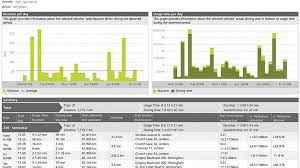
5 Dashboard:
Each WEBFLEET login comes with two dashboards platforms containing multiple tiles for data management:
My Dashboard – set up your own dashboard to look at individual KPI’s such as Idle Time, Wasted Fuel, CO2 emissions, Fuel Consumption, Driver Scores (OptiDrive) and Completed Orders for the day.
Account Default – all users can share a company specific dashboard to measure collective KPI’s.
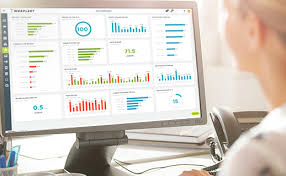
6 Addresses:
Take all your clients addresses and upload them to WEBFLEET. This makes reports much more user friendly letting you know exact locations of the vehicle stops and not generic information like “3 miles west of Manchester”.
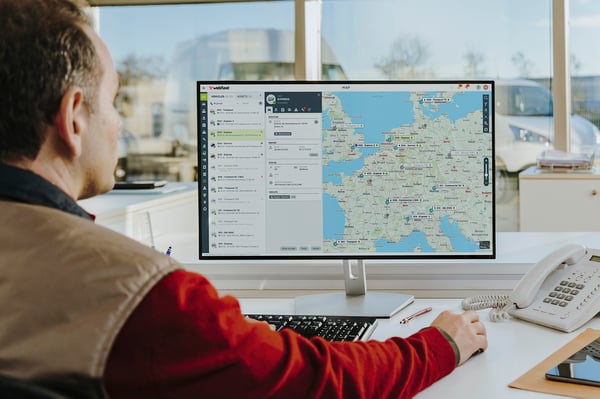
7 Areas:
Let our Account Managers work with you to set up areas that will provide an alert when the vehicle enters or leaves. Previously known as Geofences, these can be invaluable in letting your client know that a delivery has arrived or if a vehicle has gone off course.

Work with your Account Manager to set up these seven key areas of your telematics platform so that it works for you from day one. Click below if you would like to discuss further.


